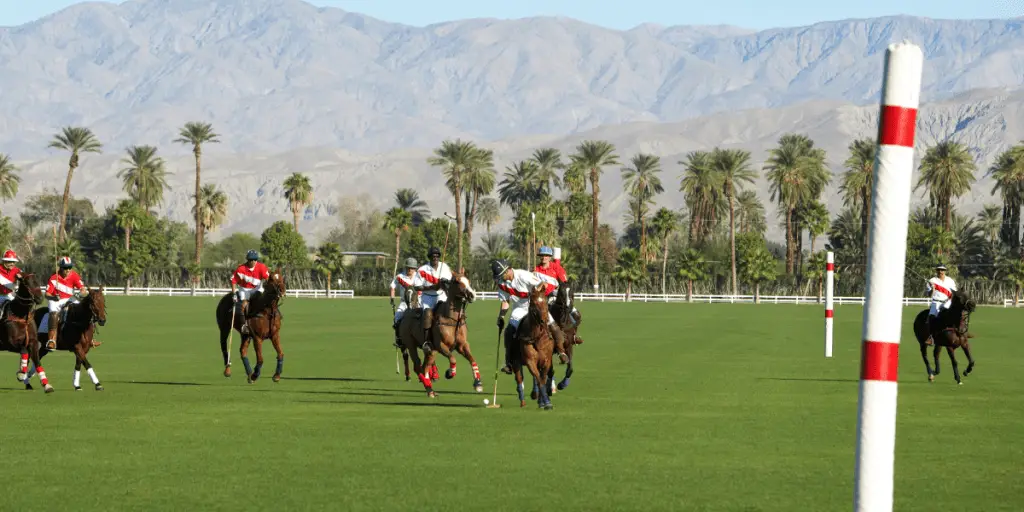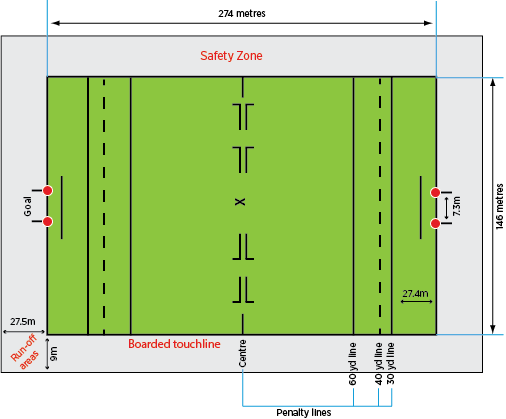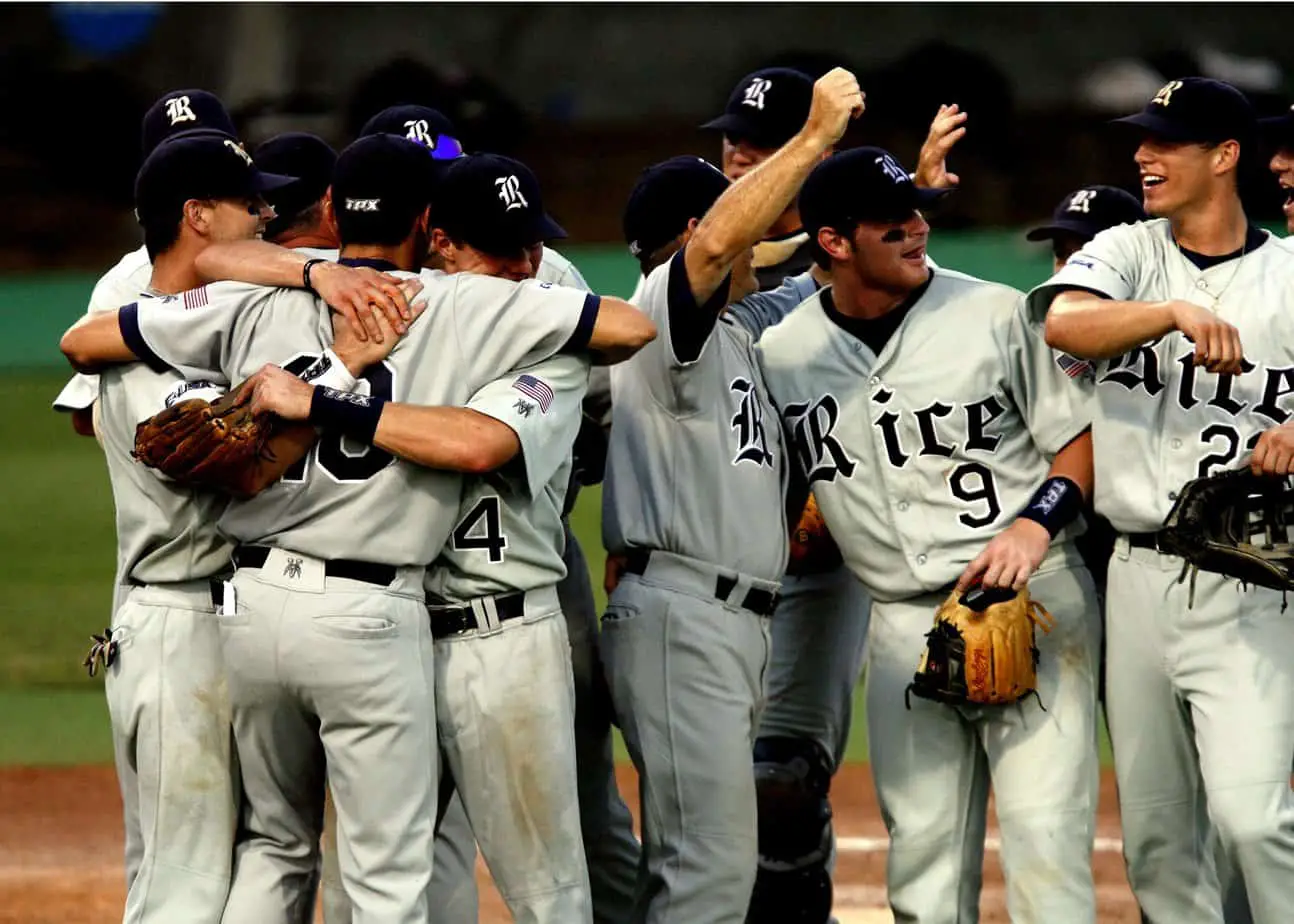There is a lot of terminologies related to polo, so I want to start with the basics. And, you can’t get much more basic than asking what is a polo pitch called? Thankfully, it actually does go by the name pitch, or, in some cases (when the sport is played indoors) it will be called an arena.
On this page, I want to talk to you about everything that you need to know about polo pitches. Surprisingly, there are a few things that you will probably need to know!
What is a Polo Pitch Called?
A polo pitch is simply called the ‘pitch.’ This is likely due to the origins of the modern sport in commonwealth nations. While American sports enthusiasts are likely to call a grass playing area ‘ a field,.’

Commonwealth nations, which mostly speak a variant of British English, are more likely to use the term ‘pitch,’ and this is just a saying that carried on over into the United States, partly because the sport of polo doesn’t have enough popularity to see a major change in naming conventions.
The one exception to this rule is if polo is being played indoors. When that happens, the name of the polo pitch changes. Instead, it will be known as the ‘arena.’ Although, to be honest with you, most people will probably still call it a polo pitch because many polo players that head indoors to play the game will also be playing it outdoors too.
How Big Is The Average Polo Pitch?
When the game is being played outside, the polo pitch will be 300-Yard long and 160-Yard wide (274 by 143 m). At either end of the pitch will be a goal, which is 8-yards (7.3 meters).
When the game was first invented centuries ago, it was likely that the pitch was much bigger. After all, ancient polo games would often feature hundreds of riders, and they certainly wouldn’t be able to perform on a modern-day polo pitch. There wouldn’t be enough space on it! Sadly, historians do not have any information about how large polo pitches used to be. Likely, there wasn’t really a set size. The teams just put down a few goals and had some fun with it.
When it comes to arena polo, the size of the pitch is going to be much, much smaller. It will measure just 100-yards long and 50-yards wide. Due to the smaller size of the pitch, there will be less space for riders. As a result, each team will have one fewer rider. This means that teams will be 3 players as opposed to the more traditional 4.
The game will also be a lot faster paced as there will be less space to move the ball around. Watching a game of arena polo is going to be a completely different experience to watching traditional outdoor polo, even if many of the players play both of these sports.
That being said, there are many forms of arena polo that will have a polo field that is similar to the size of outdoor polo. It is not uncommon to find arena polo has a pitch that is similar to outdoor polo.
These are the pitches that most outdoor players will be heading to in order to keep their skills up during the winter months. These pitches will be 300-yard long and 150-Yard wide. This means that there is less width, and thus it will be a little bit more difficult for the polo players to move around during the game.
So, why the difference between the pitch sizes with arena polo? Well, firstly; it is pretty difficult to find an arena built especially for arena polo. It isn’t that popular of a sport.
Therefore, many polo clubs will take what they can. However, there are also many variants of arena polo. While outdoor polo is normally played on grass, arena polo can be played on dirt, sand, and even snow. Each of these is its own individual game, and, as a result, they will have their own rules for the arena size.
Are There Any Markings on a Polo Pitch?
The exact markings on a polo pitch will be dependent on the type of polo being played. So, I want to talk about the most common markings. These are the ones that you will see on the field in professional games of polo, i.e., the games that you will likely see on the television in the United States.
In the center of the field, you will have the centerline. There will be a mark dead in the center of this line where the game starts from. On each side of the line will be four locations where the four riders that are not taking part in the start of the match will start. As soon as the match starts, these riders will fall back into their position. The goal line will be clearly marked on either end of the pitch.

The Goal Line should be pretty easy to see since there will be goalposts in play. The only real reason that these lines exist is so that the referee is going to be able to see whether the ball has gone over the line and whether they are able to award a goal or not.
On each side of the pitch, there will be three lines that stretch for the entirety of the field. These will be positioned at a set distance from the goal. These will be the 30-yard, 40-yard, and 60-yard lines. These will be where penalties are taken from. How close the penalty taker is will be dependent on the severity of the infraction.
Conclusion
While you can play polo without really understanding the pitch size or the markings, it won’t be a very fun experience. Understanding the markings will help you take a more tactical approach to the sport. This means that once you are out there on the polo pitch, you will be having a lot more fun.



